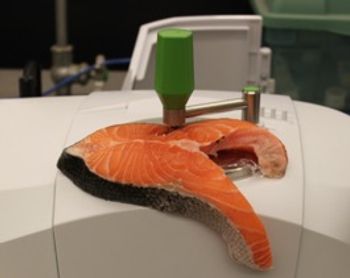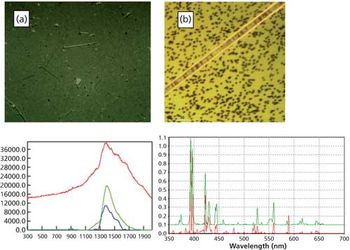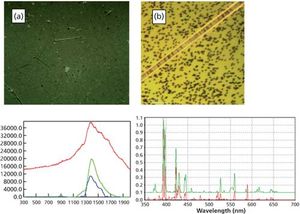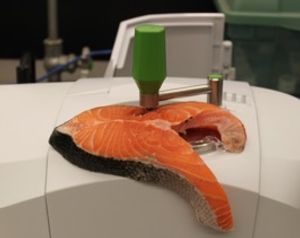
The December meeting of the New York–New Jersey chapter of the Society for Applied Spectroscopy (NYSAS), held at the Metropolitan Museum of Art in New York (“The Met”), drew an audience of students and professionals to hear talks on material testing by Eric Breitung, PhD, a senior research scientist, and Catherine Stephens, PhD, an associate research scientist, both from The Met.



